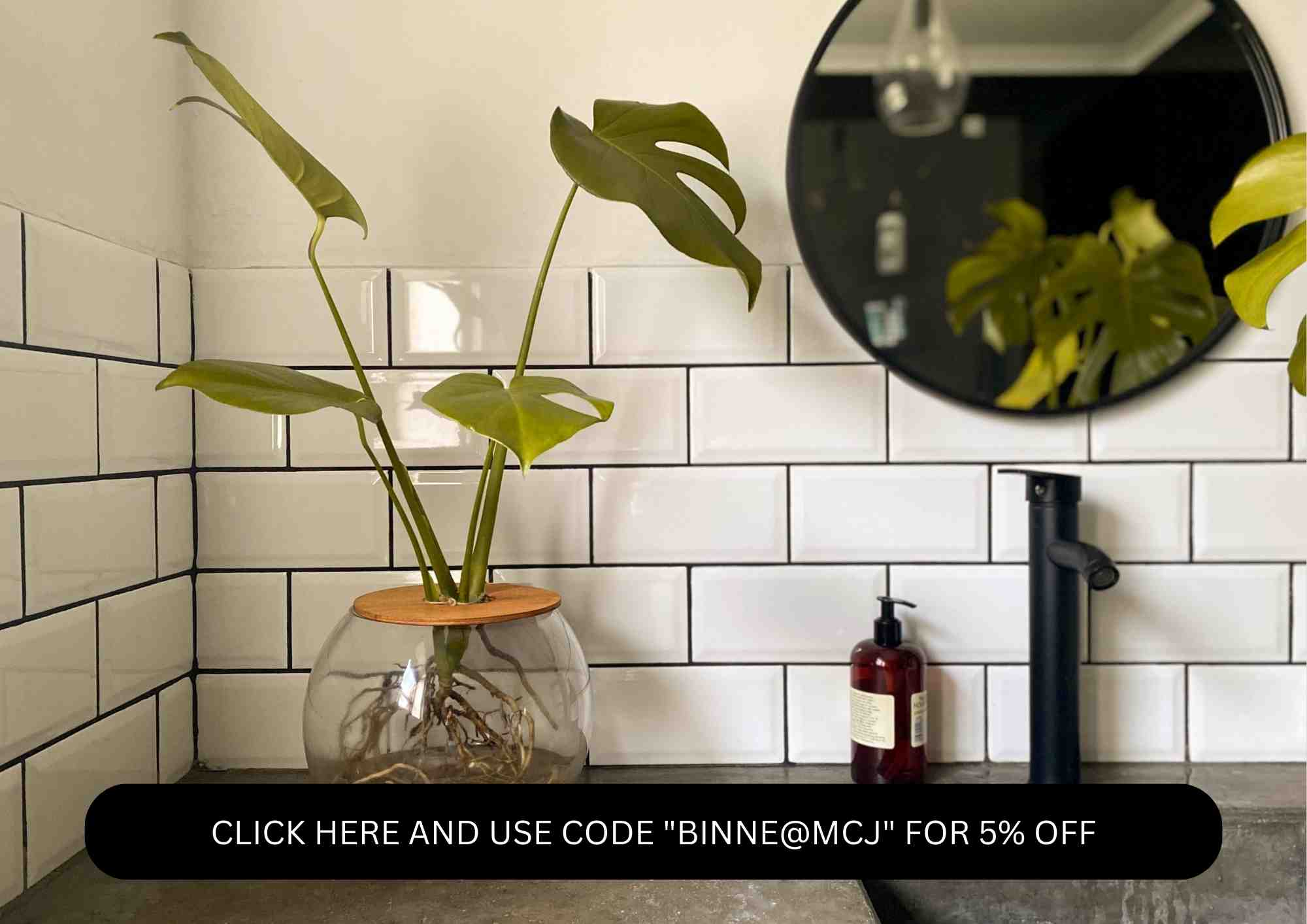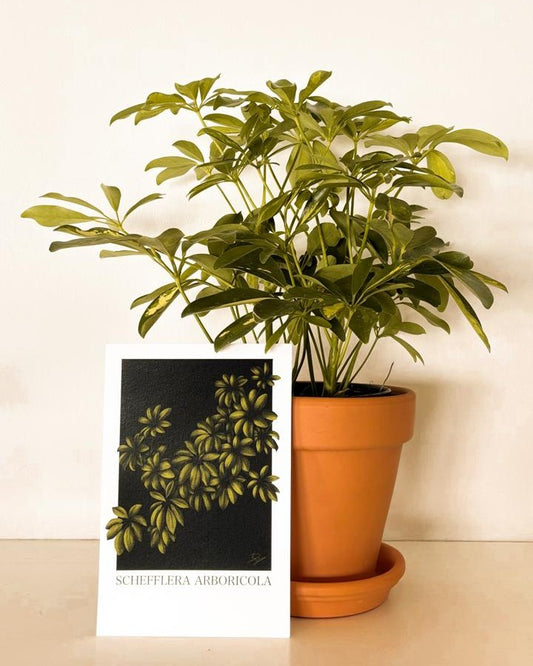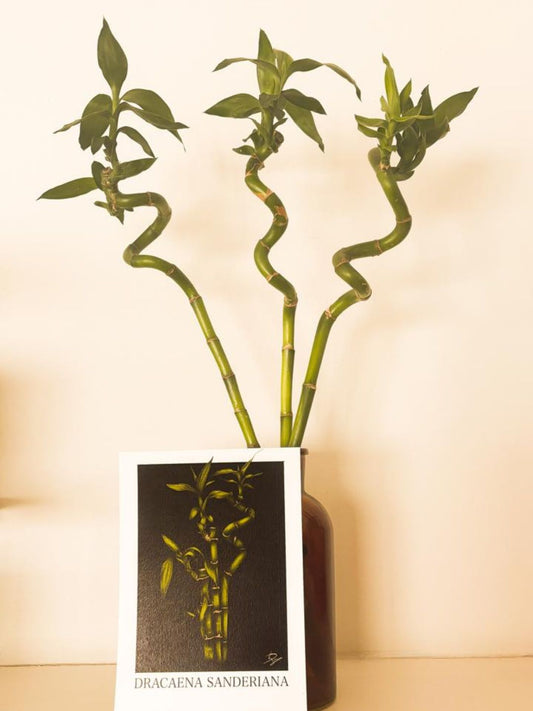The monstera deliciosa - if you don’t own one, you want one. The plant that got most of us started with this houseplant addiction. Patient zero, if you will. At least that was the case for me. One of my very first houseplants that I bought was a monstera deliciosa, and I am proud to say that it is still thriving, next to the sofa where I am writing this blog post. In this article we will be taking a look at exactly why this tropical evergreen plant is so popular. Spoiler alert: Its easy to care for, has a bunch of health benefits, and effortlessly integrates with any interior aesthetic!
The Origins of the Monstera Deliciosa
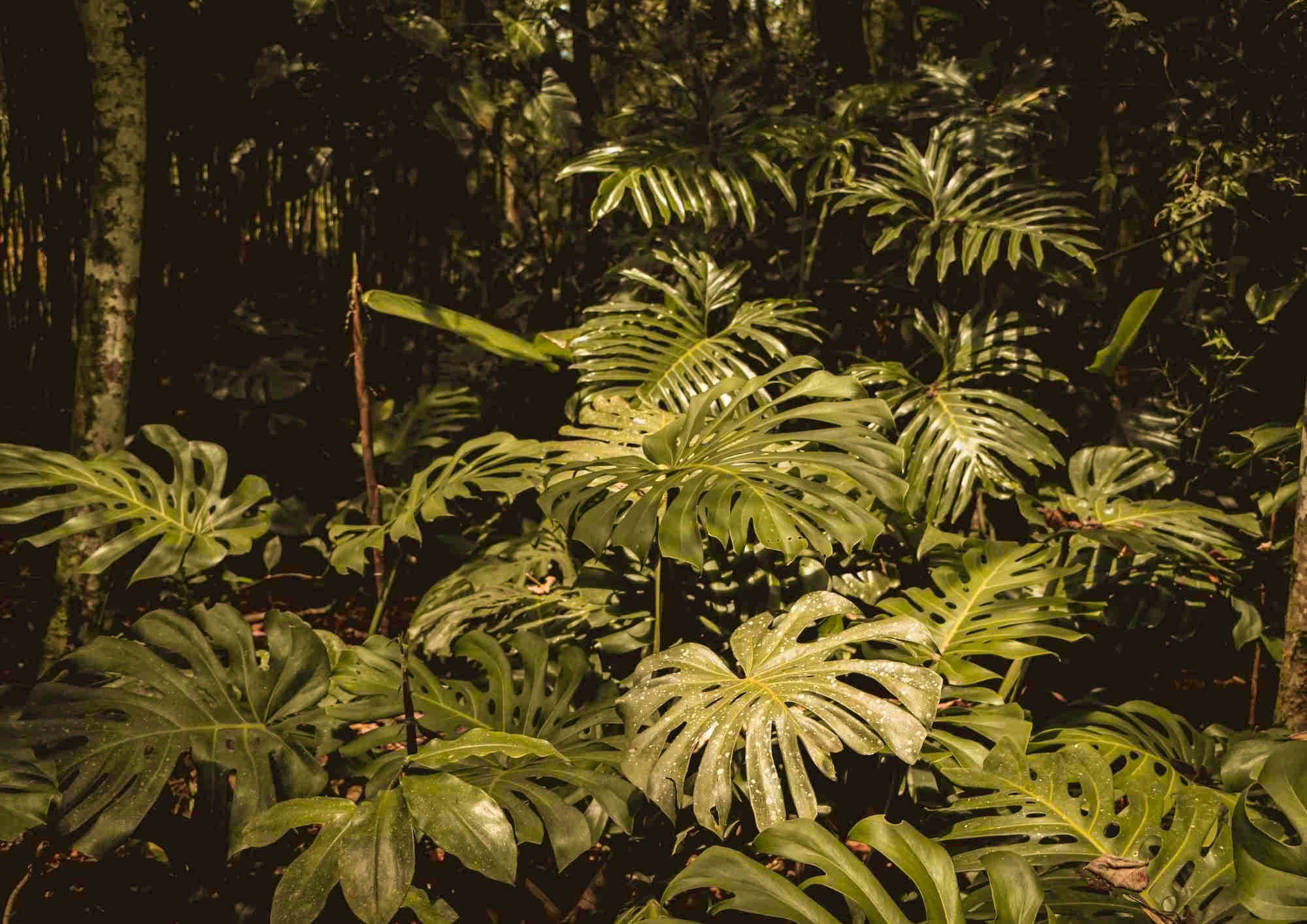
The Monstera deliciosa, also known as the Delicious Monster, or the Swiss Cheese plant, has its origins deeply rooted in the tropical rainforests of Central and South America. Belonging to the Araceae family, this striking plant was first discovered by European explorers during the 16th century.
Native to regions such as Mexico, Panama, and southern Colombia, the Monstera deliciosa gained popularity among botanists and horticulturists for its unique, fenestrated leaves that resemble Swiss cheese, hence its common name.
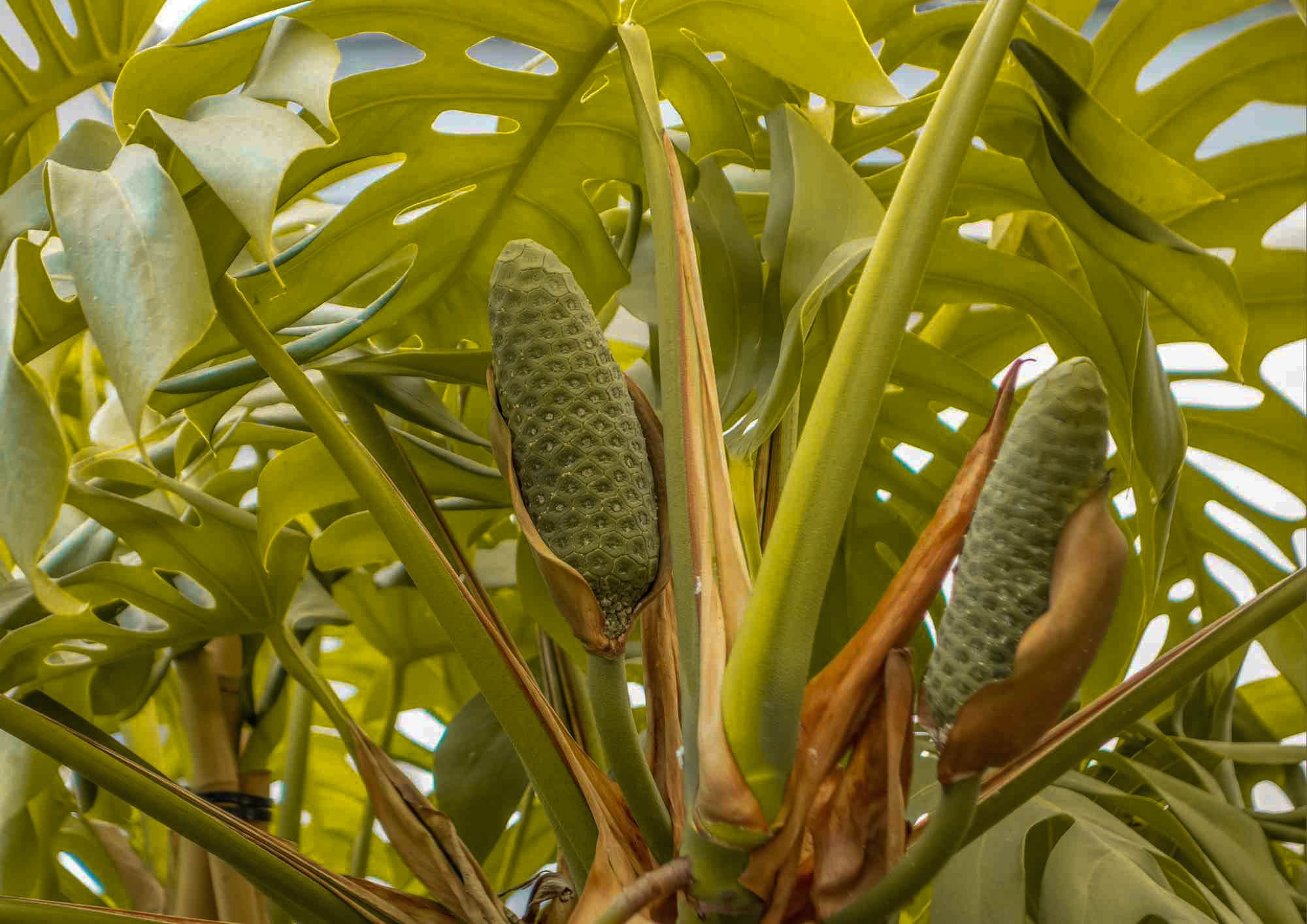
As its name suggests, the plant also produces edible fruits, which are a delicacy in some parts of its native range, however dodgy it might look. Due to its intriguing appearance and ability to thrive as a houseplant, the Monstera deliciosa has since become a beloved ornamental plant worldwide.
The Benefits of the Monstera Deliciosa
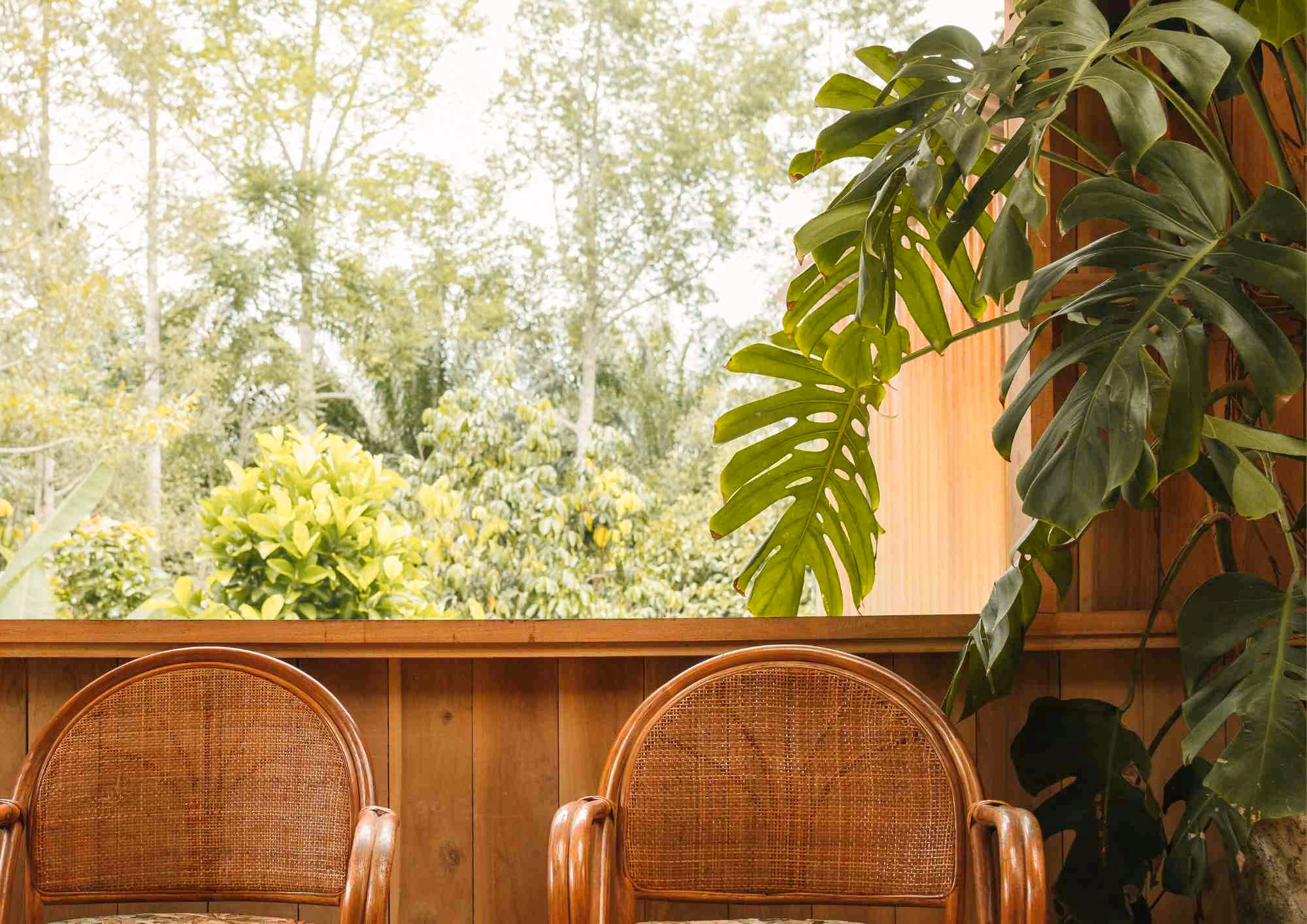
In addition to being visually appealing, Monstera Deliciosa is known for its air-purifying properties. The plant can help filter out toxins and improve the air quality in your home or office. It is also a low-maintenance plant, making it a perfect choice for busy individuals or those new to plant care.
Light And Temperature Needs for Monstera Deliciosa
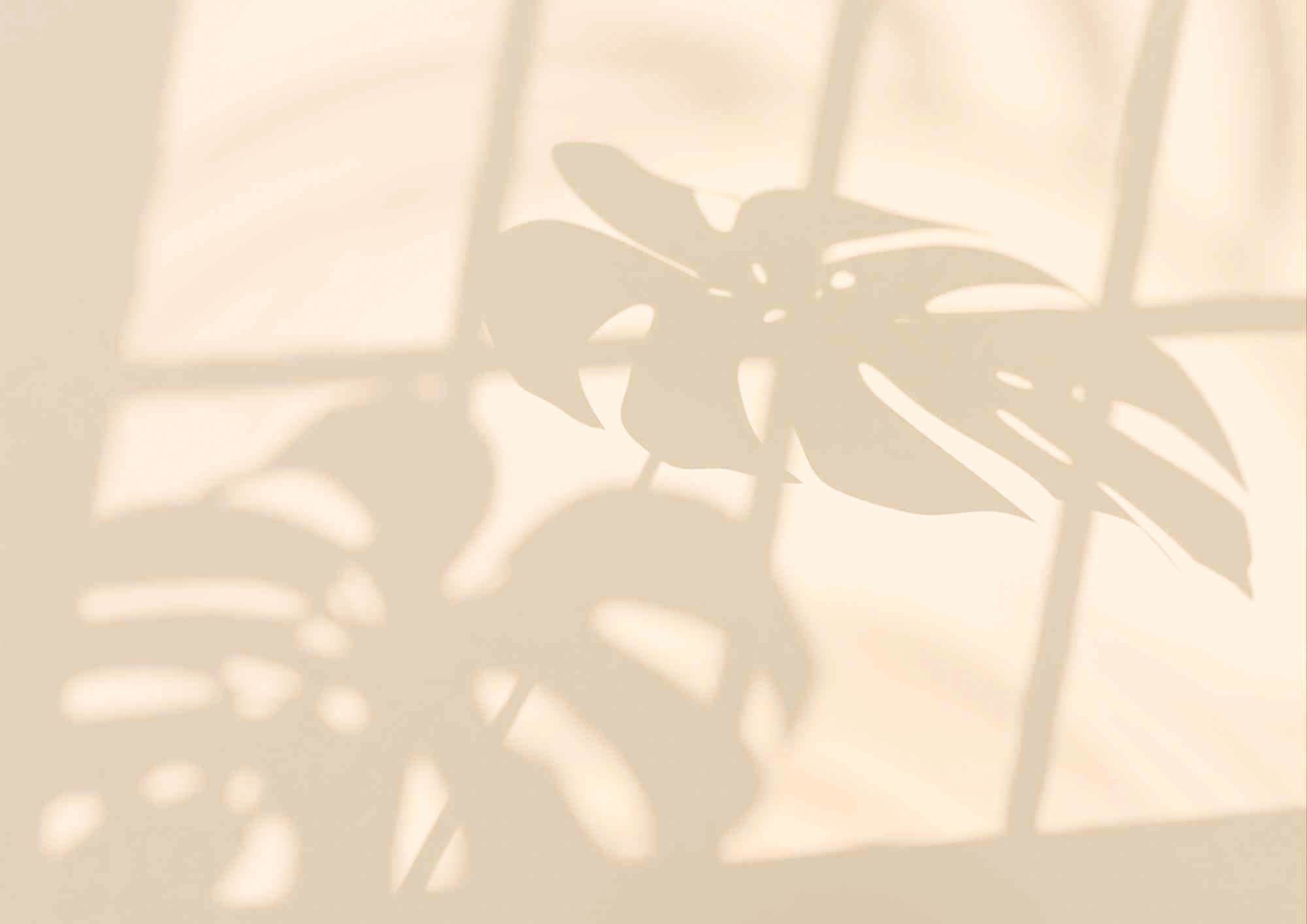
Monstera Deliciosa is a tropical plant that thrives in bright, indirect light. While it can tolerate some shade, it is best to place it near a window where it can receive filtered sunlight. Direct sunlight can scorch the leaves, so it's important to avoid placing your plant in direct sunlight. If you notice that your Monstera Deliciosa is not getting enough light, you may start to see stunted growth or smaller leaves. On the other hand, if the plant is exposed to too much light, the leaves can turn yellow and develop brown spots. Finding the right balance is key to ensuring your Monstera Deliciosa thrives.
In terms of temperature, Monstera Deliciosa prefers temperatures between 65°F and 85°F (18°C to 29°C). It's important to keep the plant away from drafts and cold air as it is sensitive to temperature fluctuations. If the temperature drops below 60°F (15°C), your Monstera Deliciosa may experience slowed growth or even leaf damage. To protect your plant during colder months, consider moving it away from windows or providing additional insulation, such as a plant cover or placing it in a warmer room.
Watering And Humidity for a Healthy Monstera Deliciosa

Proper watering is essential for the health and well-being of your Monstera deliciosa. This tropical beauty prefers a slightly moist but well-draining soil. It's important to let the top half of the soil dry out before watering again. Overwatering can lead to root rot and other issues, so it's crucial to find the right balance.
To determine when to water your Monstera deliciosa, you can perform a simple soil moisture test. Stick your finger about an inch into the soil - if it feels dry, it's time to water. If it still feels slightly moist, you can hold off for a few more days. Remember that the frequency of watering will depend on several factors, such as the size of the pot, the temperature, and the humidity levels in your home. As a general rule, it's better to underwater than overwater your Monstera deliciosa.
In addition to proper watering, Monstera deliciosa enjoys humidity. If the air in your home is dry, you can increase humidity levels by misting the leaves or placing a tray of water near the plant. Alternatively, you can invest in a humidifier to create the ideal environment for your Monstera deliciosa. Remember to avoid misting the leaves if your plant is in direct sunlight, as this can lead to leaf burn.
Fertilizing and Soil Requirements for a Thriving Monstera Deliciosa

While Monstera deliciosa is a relatively low-maintenance plant, it benefits from regular fertilization to support healthy growth. During the growing season, which typically occurs in spring and summer, you can feed your Monstera deliciosa with a balanced, water-soluble fertilizer. Look for a fertilizer with equal proportions of nitrogen, phosphorus, and potassium (NPK) to provide your plant with the necessary nutrients.
Before fertilizing, it's important to ensure that your Monstera deliciosa is potted in well-draining soil. A high-quality potting mix that retains some moisture while allowing excess water to drain is ideal. You can also mix in some perlite or orchid bark to improve drainage. Avoid using heavy or compacted soil, as this can lead to waterlogged roots and other issues.
When it comes to fertilizing, follow the instructions on the fertilizer packaging for the proper dosage and frequency. Overfertilizing can cause salt buildup in the soil, which can harm your Monstera Deliciosa. Always dilute the fertilizer as recommended, and remember to water your plant thoroughly before and after fertilizing to prevent burning the roots.
Propagating Monstera Deliciosa
Propagating Monstera deliciosa is a such a gratifying process that allows you to expand your plant collection or gift this iconic houseplant to fellow enthusiasts. Among the various methods available, utilizing stem cuttings stands out as one of the most common and straightforward ways to propagate your Monstera. In this comprehensive step-by-step guide, we'll take you on a journey through the process of propagating your beloved Monstera deliciosa, enabling you to share its beauty and charm with others or simply witness its growth and vibrancy multiply within your own indoor oasis.
-
Select a healthy stem: Choose a stem that is at least 15cm (6 inches) long and has a few leaves. Make sure the stem is free from any signs of disease or damage.
-
Prepare the cutting: Using a clean, sharp knife or pruners, make a clean cut just below a node. Nodes are the small bumps on the stem where leaves and roots emerge.
-
Remove lower leaves: Trim off the lower leaves, leaving a few leaves at the top of the cutting. This will help reduce moisture loss and promote root development.
-
Optional: Apply rooting hormone: While not necessary, applying a rooting hormone can help speed up the rooting process. Dip the cut end of the stem in a rooting hormone powder or gel, following the product instructions.
-
Place the cutting in water: Fill a glass or jar with water and place the cutting in the water, making sure the cut end is submerged. Position the leaves so that they are above the waterline to prevent rotting.
-
Provide the right conditions: Place the glass or jar in a warm, bright location away from direct sunlight. Change the water every few days to prevent bacterial growth.
-
Wait for root development: In a few weeks to a couple of months, you should start to see roots forming. Once the roots are at least an inch long, your cutting is ready to be potted in soil.
-
Potting the cutting: Prepare a small pot with well-draining soil. Make a hole in the soil and gently place the rooted cutting, ensuring the roots are covered. Firmly press the soil around the cutting to secure it.
-
Provide care for the new plant: Place the potted cutting in a warm, bright location with indirect sunlight. Keep the soil slightly moist but not soggy. Over time, your new Monstera Deliciosa plant will start to grow and thrive.
Common Issues and Troubleshooting Tips for Monstera Deliciosa

While the Monstera deliciosa is a relatively hardy plant, it can still encounter some common issues. Here are a few potential problems you may come across and some troubleshooting tips to help your Monstera deliciosa thrive:
-
Yellowing leaves: Yellow leaves can be a sign of overwatering, underwatering, or nutrient deficiencies. Check the soil moisture, adjust your watering routine if necessary, and consider fertilizing your plant to provide the necessary nutrients. Process of elimination!
-
Brown spots on leaves: Brown spots can indicate that your Monstera Deliciosa is receiving too much direct sunlight. Move your plant to a location with filtered sunlight or provide some shade. Alternatively, brown spots can also be caused by overfertilizing or improper watering.
-
Leaf curling or drooping: Curling or drooping leaves can be a sign of underwatering or low humidity levels. Ensure that you are watering your plant sufficiently and consider increasing humidity by misting the leaves or using a humidifier.
-
Pests: Monstera deliciosa can be susceptible to pests such as spider mites, mealybugs, and scale insects. Regularly inspect your plant for signs of pests, such as webbing or sticky residue on the leaves. If you notice any pests, treat your plant with an appropriate insecticide or try natural remedies such as neem oil or insecticidal soap.
Styling And Displaying Your Monstera Deliciosa
Now that you've mastered the art of caring for and propagating Monstera Deliciosa, it's time to think about styling and displaying your plant. The unique, holey leaves of Monstera deliciosa make it a striking focal point in any room. Here are a few ideas for displaying the beauty of your Monstera Deliciosa:
-
Glass Bowl
Did you know that the Monstera deliciosa can thrive and remain perfectly content when submerged in water? Yes, you read that correctly – no soil needed! This fascinating feature allows you to showcase its intricate root systems beautifully in a glass bowl, adding an elegant touch to your home decor. The best part? This low-maintenance plant is ideal for those who prefer fuss-free plant parenting. All you need to do is ensure that the roots are submerged in water, and you're all set!
Click HERE to purchase a monstera in a glass bowl, as seen in the photo above. Use the code “binnekant@mcj” for a 5% discount.
2. Statement Plant
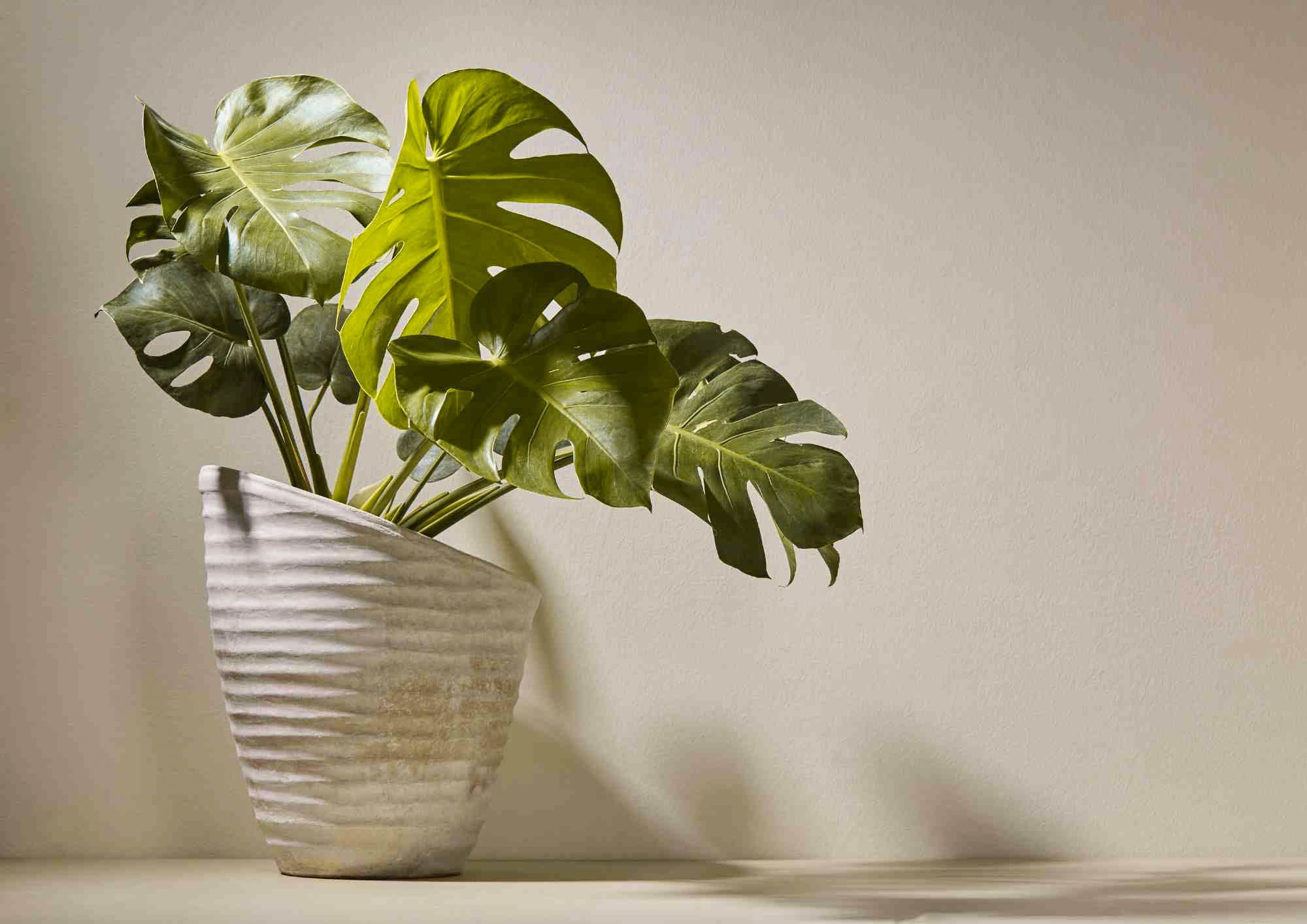
Let your Monstera deliciosa take center stage by placing it in a large, decorative pot. This will draw attention to its unique foliage and make it a statement piece in your home or office.
3. Hanging Plant
Consider hanging your Monstera Deliciosa using a macramé hanger or a plant hook. This will not only create visual interest but also save valuable floor space.
Click HERE to purchase a monstera in a glass bowl, as seen in the photo above. Use the code “binnekant@mcj” for a 5% discount.
4. Climbing Plant
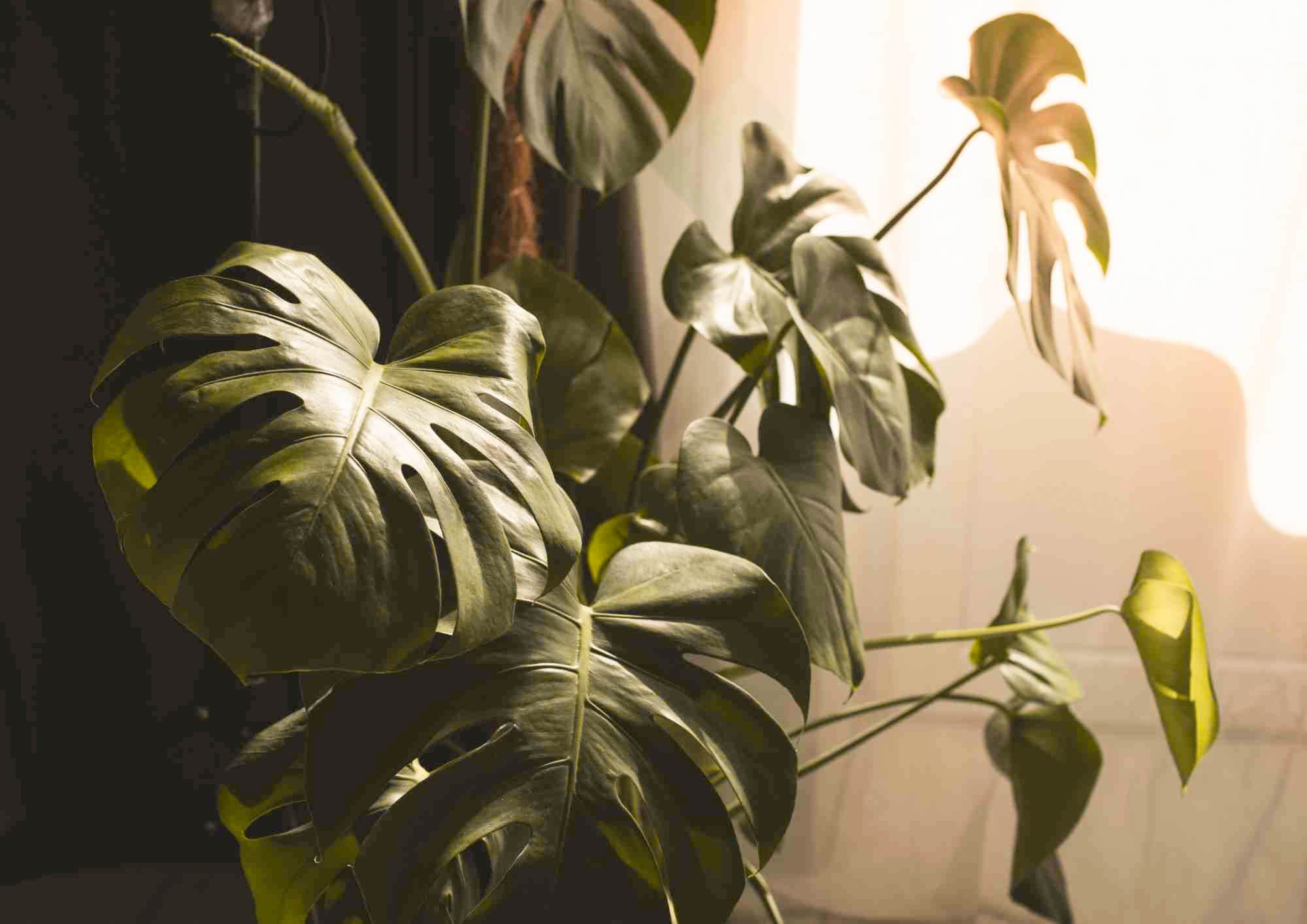
Monstera Deliciosa is a natural climber, so you can train it to climb a moss pole or trellis. This will add height and drama to your space while allowing your plant to grow to its full potential.
5. Grouping Plants

Create a lush, tropical oasis by grouping your Monstera Deliciosa with other tropical plants. Choose plants with different textures and heights to create visual interest and a harmonious display.
Remember to consider the lighting and humidity requirements of your Monstera Deliciosa when styling and displaying it. By providing the right conditions and showcasing its unique beauty, you can create a stunning display that will be the envy of plant lovers everywhere.
Whether you’re a beginner or a pro with houseplants, I hope that after reading this blog post you feel more equipped to care for and style your Monstera Deliciosa(s). If you’re still unsure, don’t hesitate to contact me or leave a comment below!


